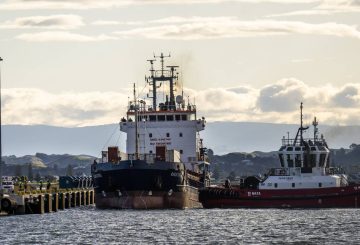グラント・ロバートソン財務相とナショナル財務担当スポークスパーソン、ニコラ・ウィリスは、明日、中小企業の問題に焦点を当てて、主要な財務トピックについて議論する予定です。このイベントは、NZMEのリアム・ダンが司会を務めます。
新型コロナウイルスのパンデミックに見舞われたニュージーランドの企業は、コストの上昇、インフレ率の増加、小売犯罪の急増といった新たな課題に直面しています。MYOB が最近実施した調査によると、中小企業の 550 社のうち 64% が、来年のインフレ率と生活費の上昇を懸念していることがわかりました。
これらの企業にとって最大の懸念は、犯罪、費用、ルールです。43% は犯罪者に対するより厳しい処罰を望んでいます。33% は、生鮮および冷凍の果物や野菜からGSTを撤廃するという労働党の計画を支持しています。その他の希望としては、税法の簡素化 (28%)、企業の防犯への投資の増加 (24%)、熟練した移住労働者の増加 (20%) などがあります。
Nationalは、コスト削減と外国人購入者の固定資産税のような新しい税収を財源とする減税を提案している。MYOBの調査によると、64% が政権交代の時期だと感じており、47% がNationalは自社のビジネスニーズを他社よりもよく理解していると考えています。現在、中小企業の投票ではナショナルが 42% で首位に立っています。
しかし、36% の企業が政府の現在の支援水準に不満を抱いている。2023年には、企業信用不履行が 38% 増加し、企業の清算件数も増加しました
。






























































